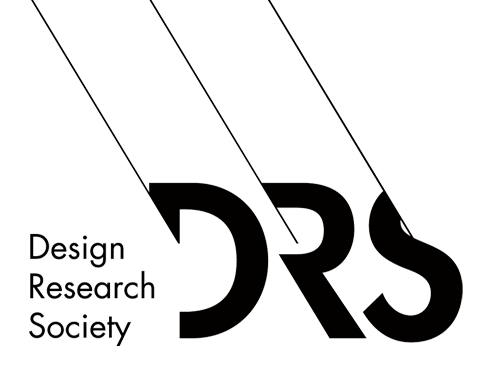Abstract
Data physicalization provides a hands-on approach to making data tangible, yet how students interpret and integrate data remains underexplored. This study examines three master level courses, analyzing how students incorporated data into their projects. Through critically reflecting on the course process and reviewing three student projects, we illustrate the evolving roles of data. We observed that data served multiple functions, including providing foundational knowledge, inspiring concepts, informing material choices, guiding ideation, and supporting narrative-driven designs, while also presenting challenges in processing and integration for students with limited data handling experience. We discuss the evolving roles of data in design education and the importance of contextualization through data in design pedagogy.
Keywords
data physicalization; design education; art education; data roles
DOI
http://doi.org/10.21606/eksig2025.104
Citation
Çay, D., Karyda, M., Minkó, M.,and Boros, J.(2025) How Do Design Students Use Data in Physicalization Courses?, in Karyda, M., Çay, D., Bakk, Á. K., Dezső, R., Hemmings, J. (eds.), Data as Experiential Knowledge and Embodied Processes, 12-13 May, Budapest, Hungary. https://doi.org/10.21606/eksig2025.104
Creative Commons License

This work is licensed under a Creative Commons Attribution-NonCommercial 4.0 International License
How Do Design Students Use Data in Physicalization Courses?
Data physicalization provides a hands-on approach to making data tangible, yet how students interpret and integrate data remains underexplored. This study examines three master level courses, analyzing how students incorporated data into their projects. Through critically reflecting on the course process and reviewing three student projects, we illustrate the evolving roles of data. We observed that data served multiple functions, including providing foundational knowledge, inspiring concepts, informing material choices, guiding ideation, and supporting narrative-driven designs, while also presenting challenges in processing and integration for students with limited data handling experience. We discuss the evolving roles of data in design education and the importance of contextualization through data in design pedagogy.

